
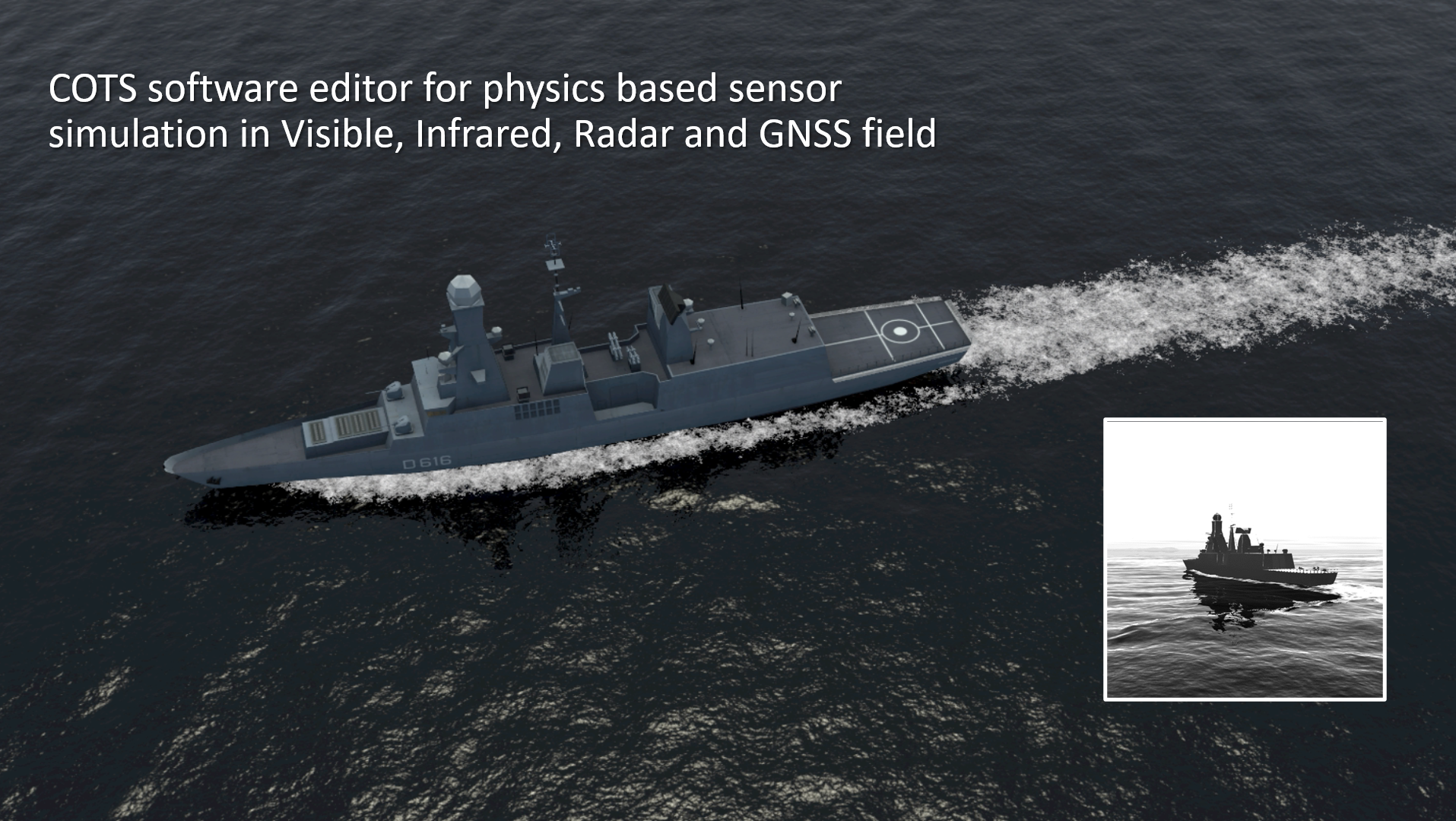
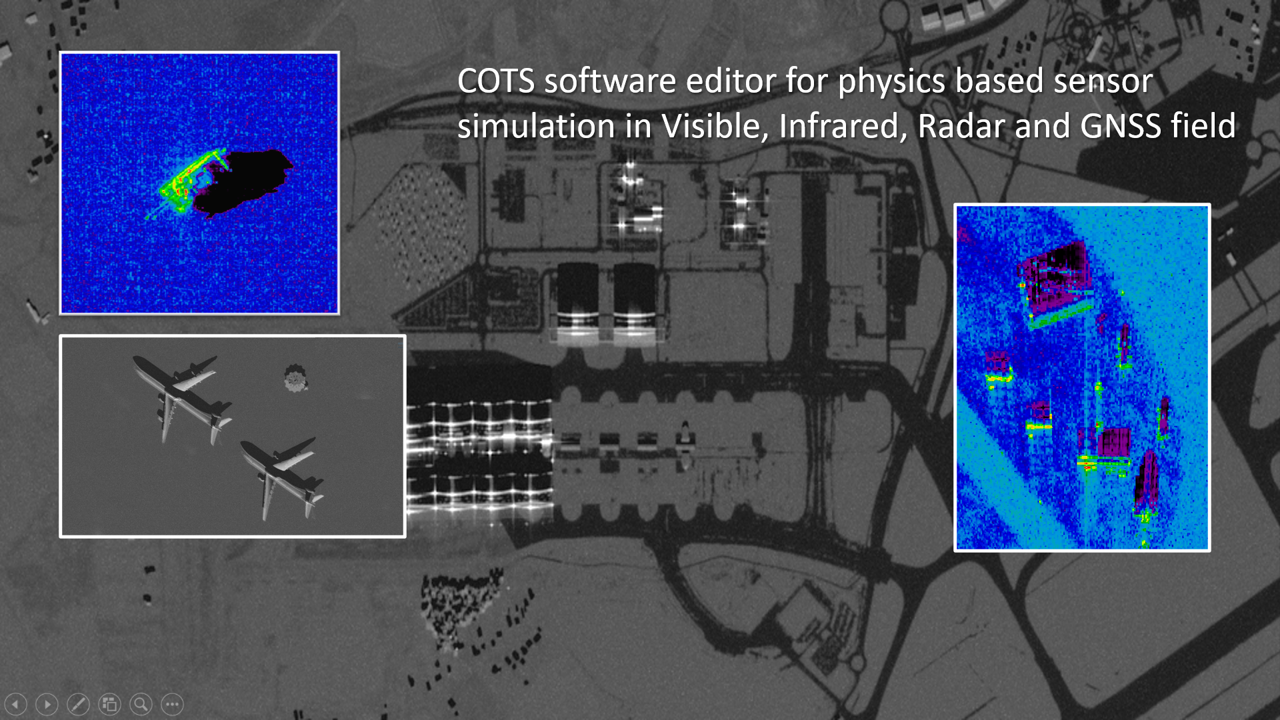
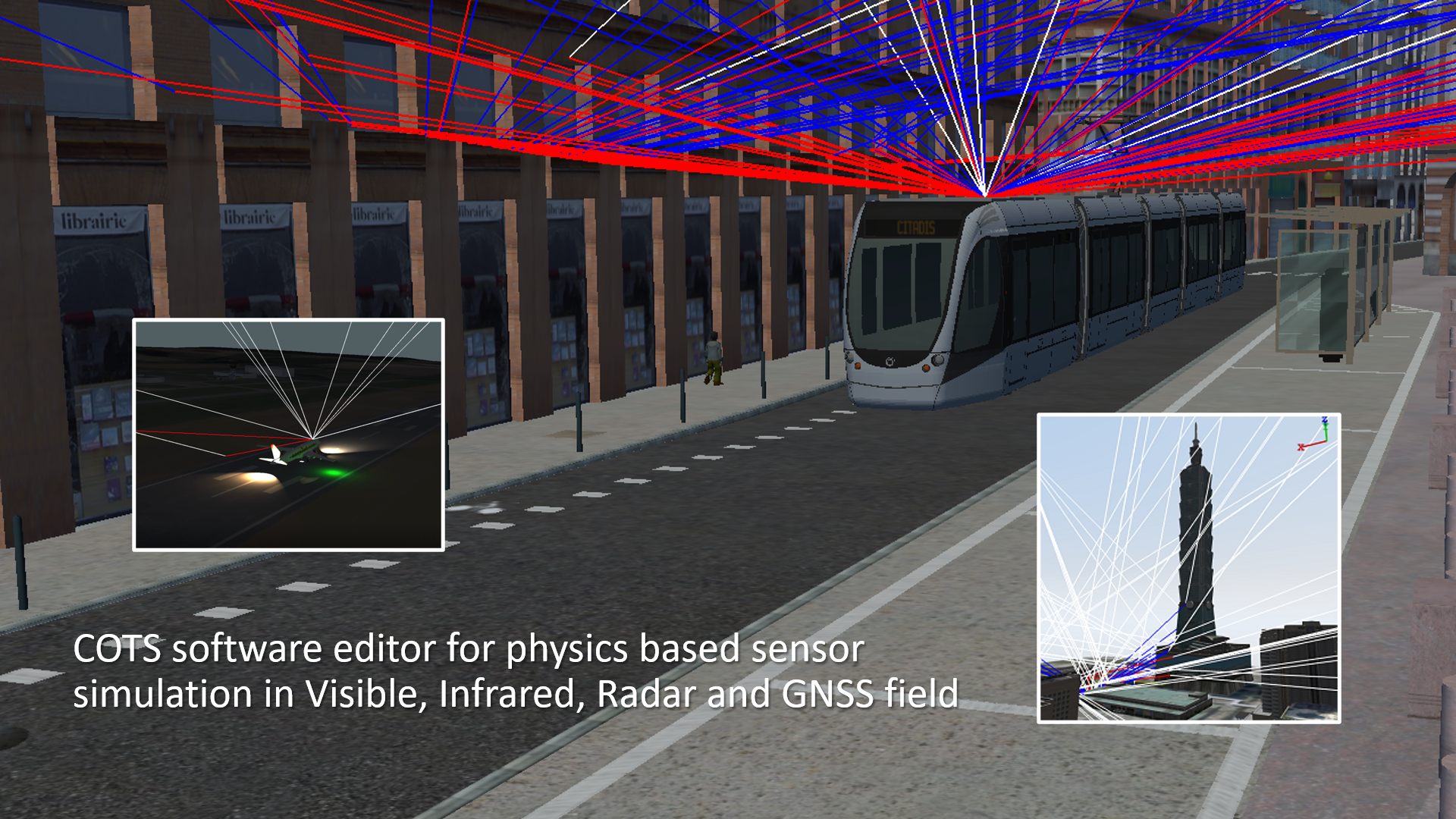
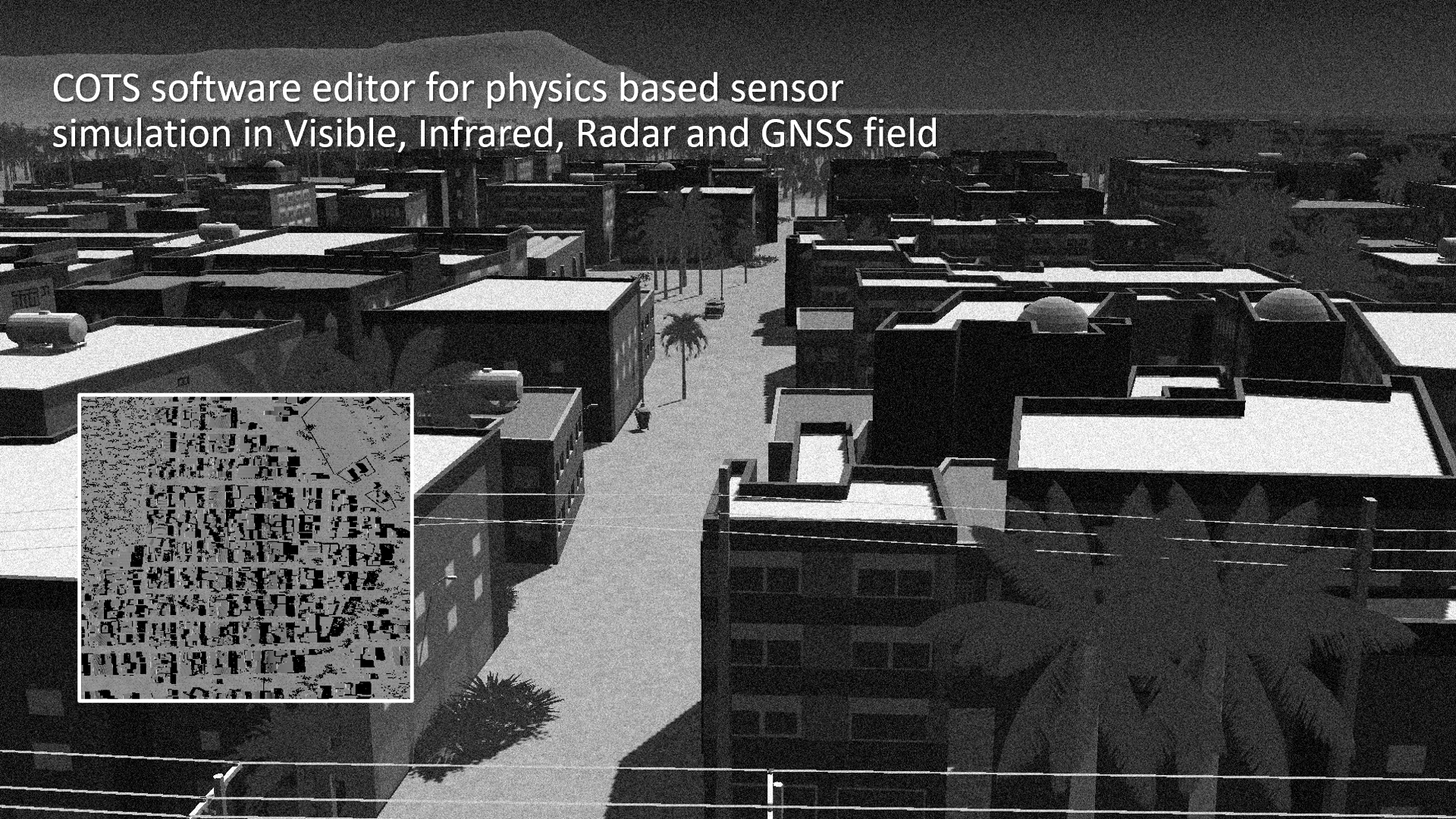
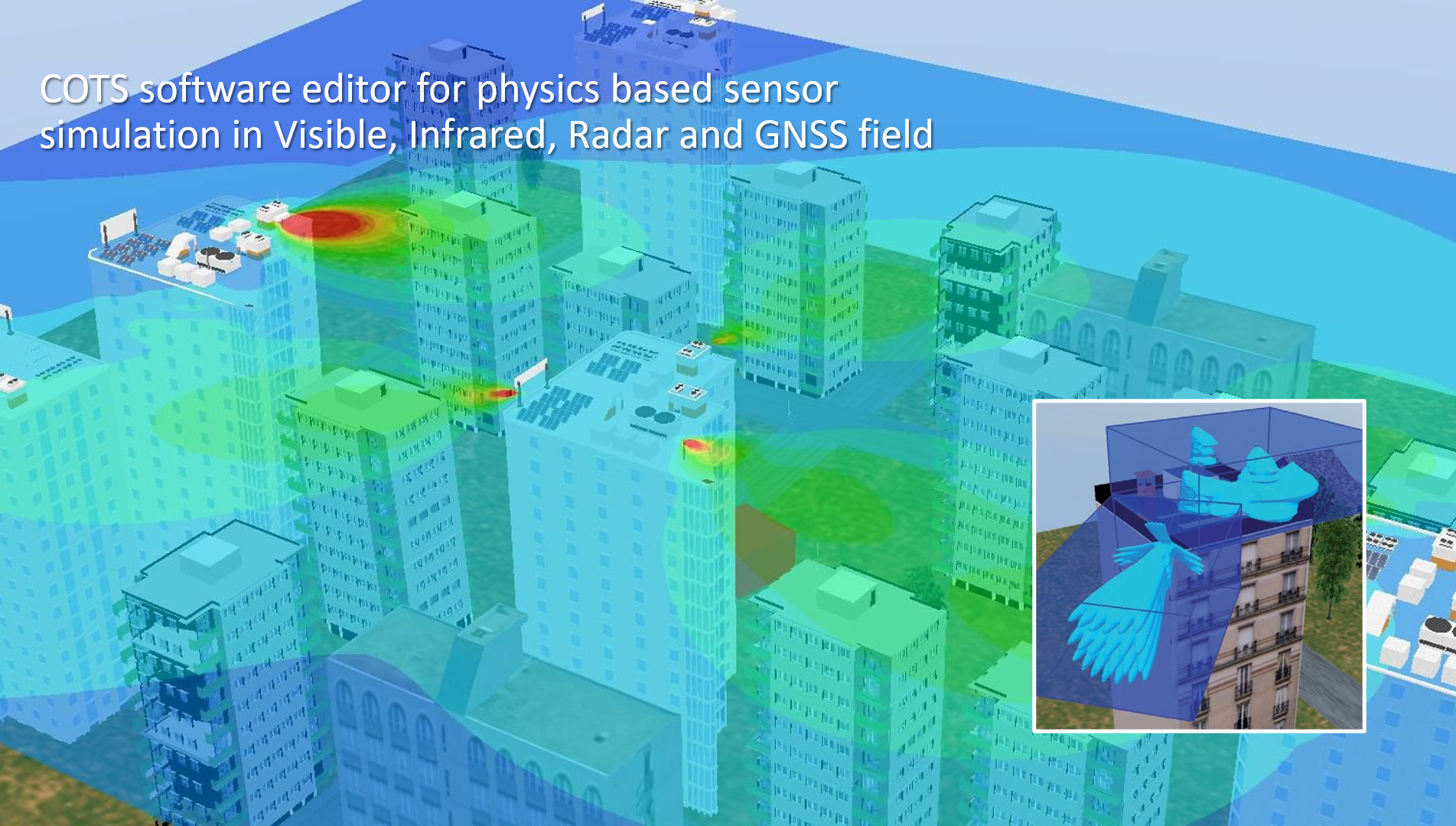
desert
Fregate-slider
radar slider
sliderGNSS2
oasis-db
emf_slider

About Us
OKTAL-SE: Solution finder for physics based sensor simulation
Our purpose is to provide customers with state of the art multi-sensor simulation software and services. Thanks to the reliability and the performance of our modeling and simulation COTS products, OKTAL-SE has become an international reference in terms of synthetic environment rendering software in both Electro-Optic (Visible, Infrared) and Radio-Frequency (Radar, GNSS) domains.
0
ESTABLISHED
0
COUNTRIES

OKTAL-SE offer market
Defense
Aeronautics
Space imagery
Transport
Sensor manufacturers
Energy (wind turbines)
OKTAL-SE NEWS
RECENT NEWS
High-Fidelity EO/IR Scene Simulation using MuSES™ and SE-Workbench™
April 12, 2024
No Comments
Thursday, April 18, 2024 | 9:00 – 10:00 AM EDT Join us on Thursday, April 18, 2024, at 9 a.m. EDT, as we demonstrate how ...
Read More →
OKTAL-SE Team members wish you a Merry Christmas and all the best for 2024! ✨
December 20, 2023
No Comments
#greetings #holidays #wishes #happiness #team
Read More →
OKTAL-SE à la rencontre des étudiants de MASTER à l’IRIT
December 15, 2023
No Comments
Ce Jeudi 14 Décembre, OKTAL-SE était à la rencontre des étudiants de Master à l’Institut de Recherche en Informatique de Toulouse (IRIT) pour y présenter ...
Read More →
